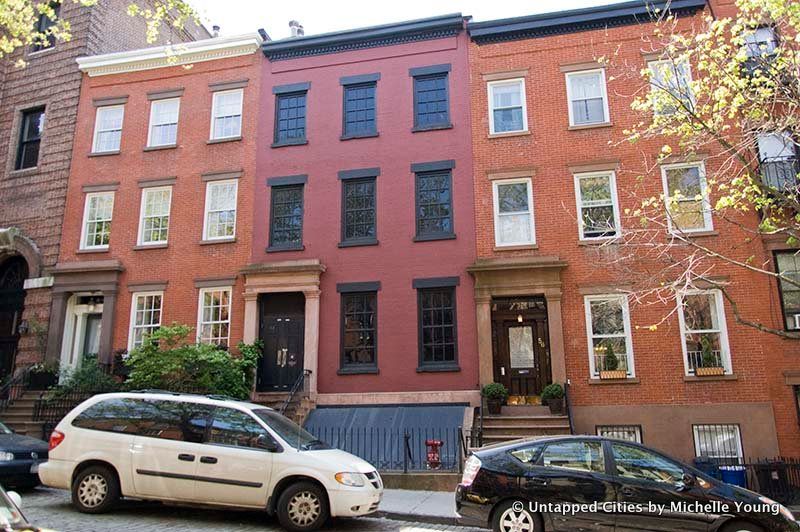Behind the Scenes of "The Eternal Space," A Play About Penn Station's Demolition
This Thanksgiving, our Chief Experience Officer reflects on his gratitude for the play that changed his life!


The soothing, familiar voices of the hosts on NPR–Brian Lehrer, Amy Eddings of All Things Considered, Sotorious Johnson, Manoush Zomorodi–take on “How to Speak New York” in this fun web tool developed by the WNYC Data News Team. And the melting pot that New York (and New Jersey) are means there are some difficult words like “Kosciuszko Bridge” and “Spuyten Duyvil” and “Zabar’s.” We’ve added some fun Untapped facts to their picks.
Spuyten Duyvil means “Spouting Devil” in Dutch, due to the harsh currents where the creek and the Harlem River connect. The Kosciuszko Bridge is named after an American Revolutionary War general:
Zabar’s on the Upper West Side started as a small shop and eventually took over the whole block. In popular culture, it’s been on You’ve Got Mail and in the HBO Banksy documentary because the owners took it upon themselves to plexiglass over the Banksy work on 79th Street, “Hammer Boy.”
Joralemon Street in Brooklyn Heights is also known for the fake brownstone that hides a subway ventilation facility:
New Yorkers all know how to pronounce Houston Street correctly but might not know that it used to be much narrower–the large walls near Broadway that are used for art and advertising look that way because the street was widened.
Peter Gansevoort was a colonel in the Continental Army during the American Revolution and was also the grandfather of Herman Melville. The land in the Meatpacking District was mostly owned by the Astor family however.
Between Manhattan Bridge and DeKalb Avenue subway stations there’s an abandoned stop that has a wonderful piece of art, Masstransitscope, designed to be appreciated from inside your subway car.
The Hoyt-Schermerhorn subway station has an abandoned subway platform below the active level as well as remnants of a now-lost department store:
Check out more at WNYC.
Subscribe to our newsletter